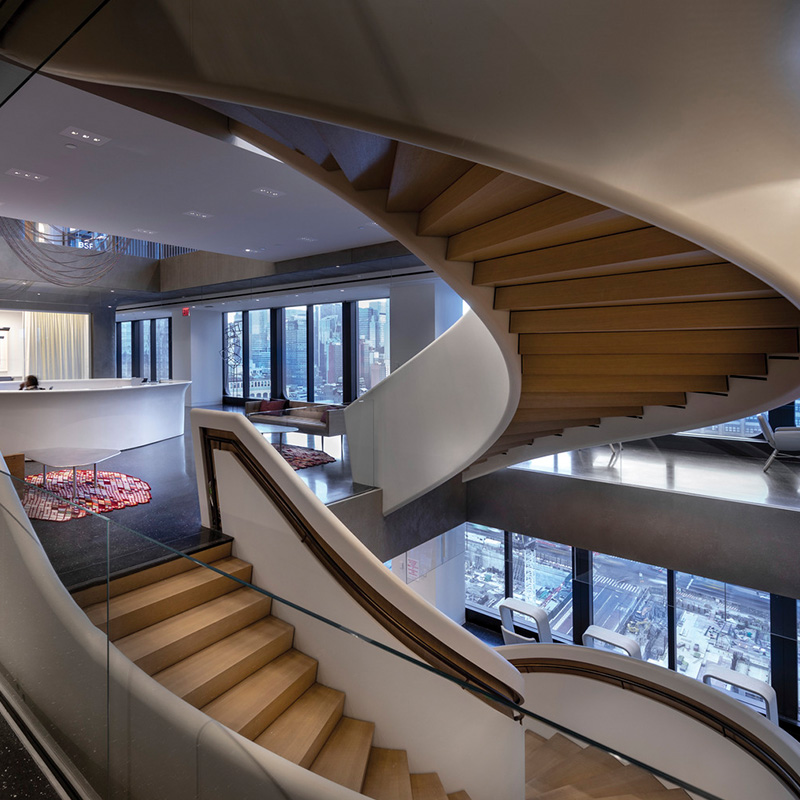The Biden administration is getting in on the office-to-residential conversion push, releasing a guidebook Friday morning on how the federal government can help facilitate conversions.
As office buildings struggle with record-high vacancies and many owners face distress, architects are attempting to find new uses for empty buildings, and they are reimagining the design of new projects to ensure they don’t become obsolete.
Cranes, of course, are used for all kinds of purposes in construction, from erecting the core and shell components of a building to lifting mechanical units or supplies to a building’s roof. But when and how to safely plan the actual lift is a process unto itself—one that requires extremely detailed planning and a critical focus on safety.
The wood product represents a “huge untapped potential” to drive down the city’s carbon footprint, said the New York City Economic Development Corp.
When times are tough, everyone needs a little help. And times have indeed been tough on owners of commercial real estate for the past few years. With COVID changing how and where people work, the demand for office space has declined, leaving most cities with an oversupply of commercial office buildings.
Layton’s Matt Brower sat down with Kate Lyle, Director of Industrial Cold & Food at Ware Malcomb to discuss the future of cold storage.
The U.S. office market has faced volatility since the onset of the pandemic, but a new JLL report predicts stabilization is right around the corner.
In an industry that’s historically been slow to adopt new technologies, the architecture, engineering, and construction (AEC) fields present incredible opportunities for tech investors and developers alike. Determined to drive innovative change from within, Thornton Tomasetti, SHoP Architects, Syska Hennessy, and STO Building Group formed AEC Angels, a venture capital fund focused specifically on assessing, testing, funding, and accelerating promising AEC technologies.
A Seattle Amazon Fresh location has received a Zero Carbon Certification from the International Living Future Institute (ILFI), becoming the world’s first grocery store—and Amazon’s first building—to receive the certification. ILFI awarded the certification in September, and is currently evaluating four additional Amazon locations, which are on track to achieve this validation of their carbon-reduction efforts.
More and more organizations are beginning to understand the advantages of workplace diversity and are working to create an environment where everyone feels valued and part of the team. A new consideration in this discussion is neurodiversity—creating spaces that account for a range of differences in brain function. Here renowned expert Kay Sargent, senior principal and director of workplace at HOK, explains what it means to design for neurodiversity and the role it plays in an overall effort to foster truly inclusive environments.
Working with governmental agencies to build new facilities requires a partner that is invested in the outcome. We sat down with Layton leadership in Arizona, California, and Utah to get insight on what it means to build for these clients, how to be a true public partner, and the lessons our teams have learned along the way.
Grade B office vacancy in the City of London is falling from high levels amid an emerging “trifurcation” in the office market.
